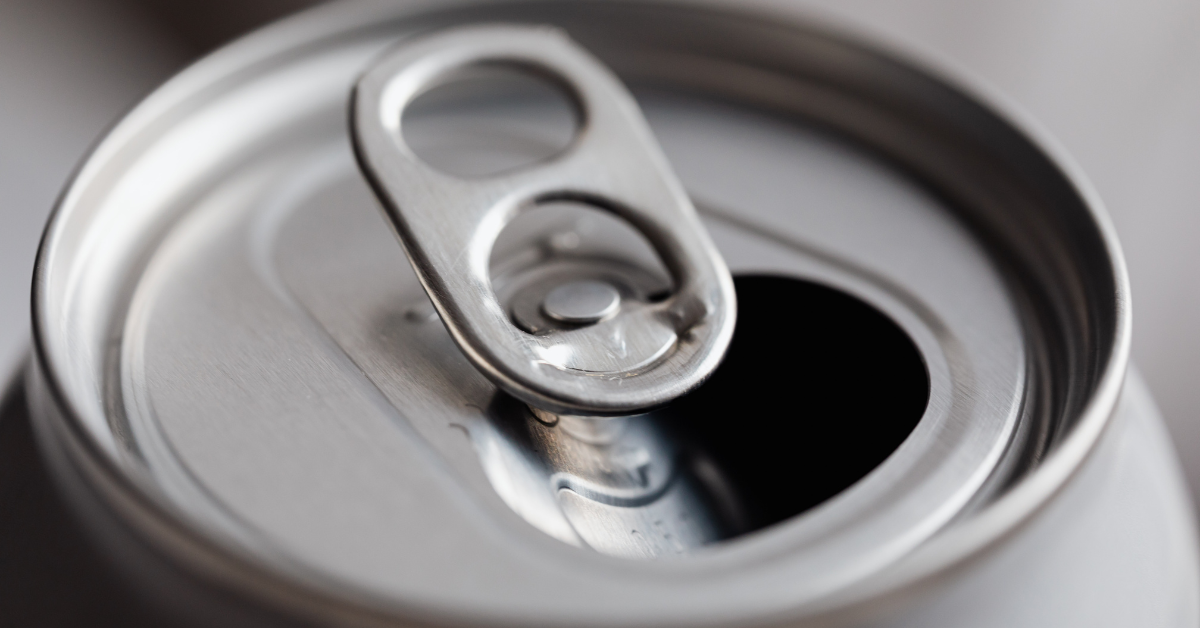
Sustainability and Recycling Potential of Aluminium Composite Materials

*Collaborative Post
Aluminium Composite Materials (ACM) is a modern marvel in the world of construction and manufacturing. They consist of two aluminium cover sheets bonded to a core, usually made of polyethene, a type of plastic.
Due to their durability, lightweight nature, and aesthetic versatility, ACMs are extensively used in various applications, including building facades, signage, and interiors. But in an age increasingly dominated by sustainability concerns, how do ACMs measure up? This article delves into the sustainability and recycling potential of Aluminium Composite Materials.
The Importance of Sustainability
As the world grapples with the challenges of climate change, the emphasis on sustainable practices has never been more significant. For the manufacturing industry, this means focusing on materials that are recyclable, durable, and sourced responsibly. Aluminium, one of the primary components of ACM, is already widely recognised for its recycling capabilities, offering a glimpse of promise in the realm of sustainability.
The Lifecycle of ACMs
Aluminium Composite Materials have an impressive lifespan, often exceeding several decades. Their resistance to elements like weather and corrosion contributes to this longevity, reducing the need for frequent replacements and thereby lessening the waste generated.
When these materials do reach the end of their life, the question of what to do with them becomes pertinent. Here is where the recycling potential of ACMs becomes a focal point.
Recycling Potential of Aluminium Components
The aluminium parts of ACMs are highly recyclable. In fact, almost 75% of all aluminium ever produced is still in use today, thanks to recycling.
When an ACM reaches the end of its life, the aluminium components can be separated and reprocessed without significant degradation of quality. This process involves melting the aluminium to separate impurities, after which it can be reformed into new products. This cycle can be repeated indefinitely, making aluminium an incredibly sustainable material.
The Challenge of the Composite
While the aluminium components of ACMs are highly recyclable, the core material, typically made of plastic, presents a more significant challenge. The process of separating the aluminium from the plastic core is complicated and can be energy-intensive, which partially diminishes the sustainability benefits.
Researchers are continually exploring more efficient and less energy-consuming methods to separate these components, and more info on this topic is emerging continually.
Innovations in ACM Recycling
Addressing the challenges associated with the plastic core of ACMs, several companies and research institutions are innovating new methods to improve the recycling potential of these materials.
For instance, some processes are now able to recover not only the aluminium but also the core material, allowing for it to be reused in the production of new ACMs or other plastic products. These innovations are paving the way for ACMs to become a more circular and, thus, sustainable material.
The Role of Manufacturers
Manufacturers play a crucial role in the sustainability of Aluminium Composite Materials. It is in their hands to choose responsibly sourced aluminium and to innovate in the design and production of ACMs to make them more recyclable. Adopting more sustainable practices, such as using recycled aluminium and developing ACMs with recyclable cores, can go a long way towards reducing the environmental impact of these materials.
Looking to the Future
Sustainability is no longer just a buzzword; it is a necessary principle guiding the future of manufacturing and construction. As the demand for Aluminium Composite Materials continues to grow, so too does the responsibility to ensure these materials are produced and managed sustainably. By focusing on the recyclability of both the aluminium and the core material, the industry can take significant steps towards a more sustainable future.
In conclusion, Aluminium Composite Materials hold significant promise in terms of sustainability due to the recyclable nature of their aluminium components. While challenges remain, particularly regarding the separation and recycling of the core material, innovations are steadily emerging that aim to make ACMs a truly circular material.
With commitment from manufacturers and continued research, the future of ACMs appears bright and sustainably so.
*This is a collaborative post. For further information please refer to my disclosure page.
If you enjoyed this post you can follow more of our life, opinions and antics over on Facebook, Twitter, YouTube and Instagram. Plus feel free to come and join in with my parenting group ‘From One Parent to Another’ on Facebook.
If you’d like to contact me you can either leave me a comment or drop me a line via my contact me page.
For other topics similar to this one check out these suggestions below…




